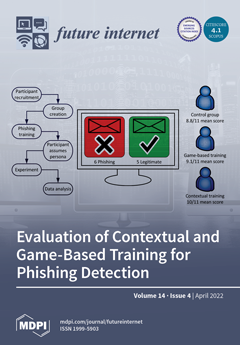Open AccessArticle
Interoperable Data Analytics Reference Architectures Empowering Digital-Twin-Aided Manufacturing
by
Attila Csaba Marosi, Márk Emodi, Ákos Hajnal, Róbert Lovas, Tamás Kiss, Valerie Poser, Jibinraj Antony, Simon Bergweiler, Hamed Hamzeh, James Deslauriers and József Kovács
Cited by 6 | Viewed by 3480
Abstract
The use of mature, reliable, and validated solutions can save significant time and cost when introducing new technologies to companies. Reference Architectures represent such best-practice techniques and have the potential to increase the speed and reliability of the development process in many application
[...] Read more.
The use of mature, reliable, and validated solutions can save significant time and cost when introducing new technologies to companies. Reference Architectures represent such best-practice techniques and have the potential to increase the speed and reliability of the development process in many application domains. One area where Reference Architectures are increasingly utilized is cloud-based systems. Exploiting the high-performance computing capability offered by clouds, while keeping sovereignty and governance of proprietary information assets can be challenging. This paper explores how Reference Architectures can be applied to overcome this challenge when developing cloud-based applications. The presented approach was developed within the DIGITbrain European project, which aims at supporting small and medium-sized enterprises (SMEs) and mid-caps in realizing smart business models called Manufacturing as a Service, via the efficient utilization of Digital Twins. In this paper, an overview of Reference Architecture concepts, as well as their classification, specialization, and particular application possibilities are presented. Various data management and potentially spatially detached data processing configurations are discussed, with special attention to machine learning techniques, which are of high interest within various sectors, including manufacturing. A framework that enables the deployment and orchestration of such overall data analytics Reference Architectures in clouds resources is also presented, followed by a demonstrative application example where the applicability of the introduced techniques and solutions are showcased in practice.
Full article
►▼
Show Figures





